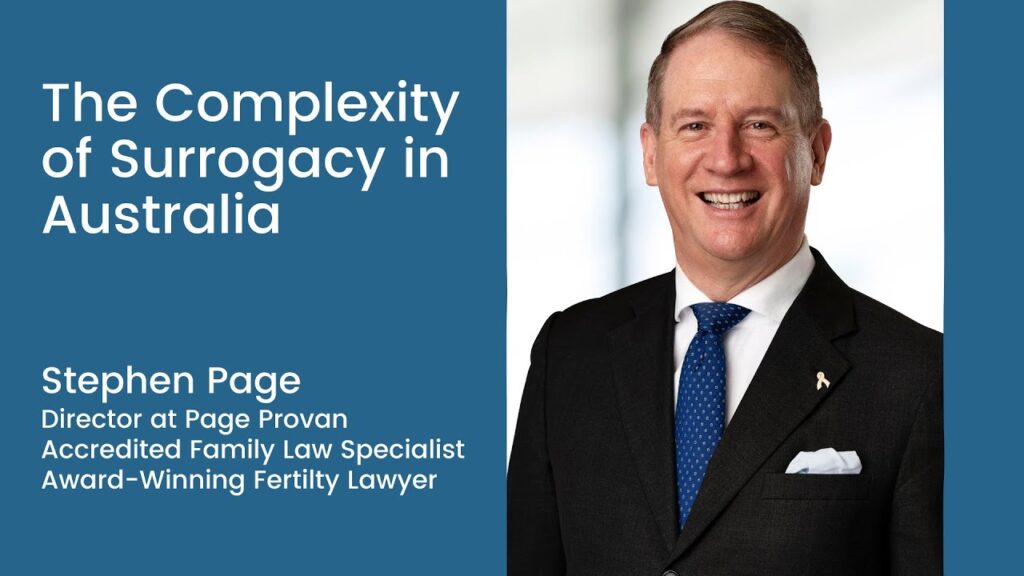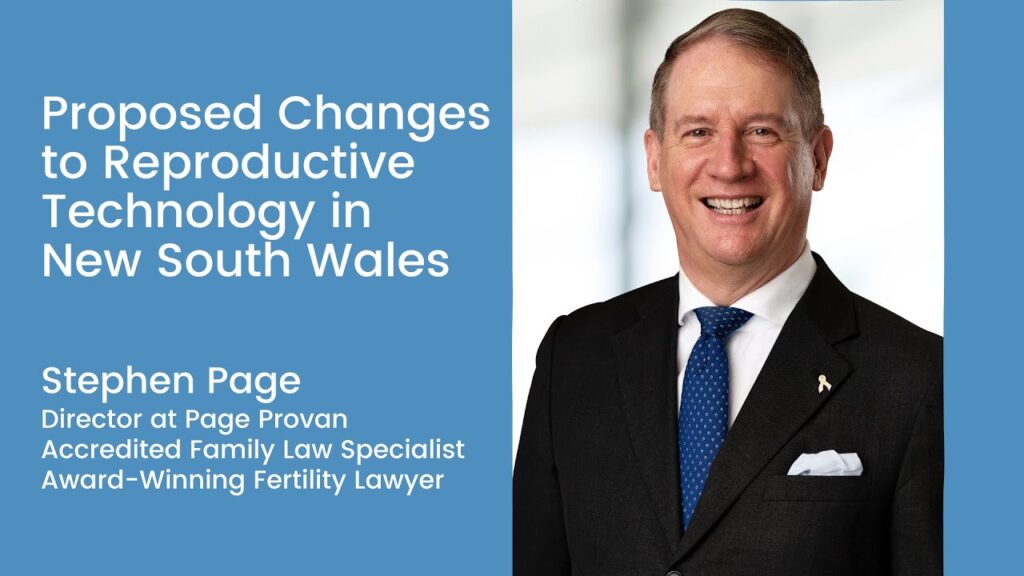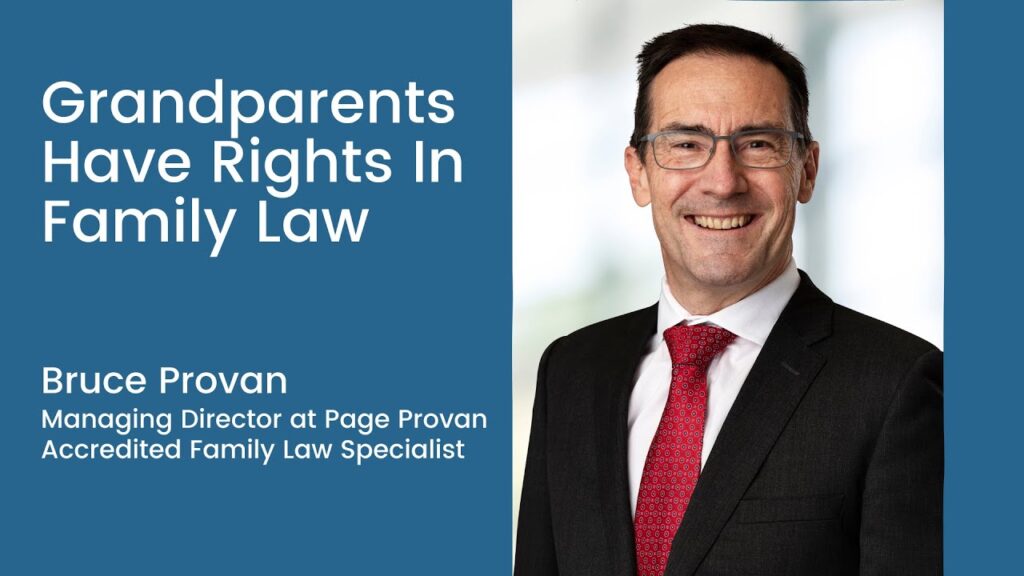WA Family Court allows gay adoption via surrogacy
In the unreported case, called B and Another, Justice Crisford could only allow the adoption to proceed if she found that Mr B’s partner, Mr M was not only the genetic father of the child, but the legal father of the child.
Mr B sought a step-parent adoption of the children. The twins were born as a result of a surrogacy procedure which took place at a fertility clinic in Mumbai. The procedure was carried out by fertilising eggs from an anonymous egg donor with Mr M’s sperm. The fertilised eggs were then implanted in a surrogate, Mrs S, who gave birth to the twins.
Mrs S, her husband and Mr M entered into a surrogacy agreement in December 2009 which was binding under Indian law. In accordance with that agreement, Mrs and Mr S relinquished all their rights to any children born of the surrogacy procedure, and covenanted not to engage in any legal proceedings in relation to their rights or custody of the children. The surrogacy agreement declared that Mr M is the ‘intended parent’ of the children. The surrogacy agreement makes no mention of Mr B.
Upon their birth in 2010 Mrs S gave the children into the care of Mr M and Mr B, who visited India for that purpose. Mr M was named as the father of the children on their Indian birth certificates. No mother is named on the birth certificates. Mr M then applied for Australian citizenship for both children on the basis of their parentage. He provided DNA samples from the children and himself so that a parentage testing procedure could be performed at a laboratory in Sydney. The test results confirmed that Mr M has a 99.9% chance of being the “genetic parent” of the children.
The Department of Immigration and Citizenship registered each child as an Australian citizen by descent on 7 August 2010. After the decision Mr M and Mr B returned to Australia with the children. Both children have lived with Mr M and Mr B since their birth. Mr M is an Australian citizen and Mr B is a Canadian citizen with permanent residency status in Australia.
Mr B, Mr M and the children were residing overseas.
Policy issues
Her Honour noted the “well crafted” judgment in Ellison and Karnchanit, in which Justice Ryan determined that under the Family Law Act an intended father from Queensland was the legal father of a child born in Thailand via surrogacy.
Justice Crisford noted that there was a different factual and legal matrix in this case. For one, it was not being decided under the Family Law Act, but the Adoption Act of Western Australia.
To be eligible to adopt, Mr B had to fulfil the definition of a ‘step-parent’ for the purposes of a step parent adoption, and therefore Mr M would have to be defined as either a ‘birth parent’ or ‘adoptive parent’ of the children.
Artificial Conception Act
Her Honour found that Mr M would NOT be a parent for the purposes of the Artificial Conception Act. Section 6A of the
Artificial Conception Act 1985 (ACA) refers to the female partner of a woman who gives birth and has no application here.
The rules relating to parentage under the ACA would seem to exclude Mr M from being the father. Section 7 states:
(2) Where –
(a) a woman becomes pregnant in consequence of an artificial fertilisation procedure; and
then for the purposes of the law of the State, the man referred to paragraph (b) –
(c) shall be conclusively presumed not to have caused the pregnancy; and
(d) is not the father of any child born as a result of the pregnancy.
An artificial fertilisation procedure is defined for the purposes of the ACA as any:
(a) artificial insemination procedure; or
(b) in vitro fertilisation procedure.
Artificial insemination procedure and in vitro fertilisation procedure are then defined.
Her Honour, findng that IVF had been used, found therefore that Mr M was not the father under the Artificial Conception Act. This is entirely consistent with a matter questioned in 2011 by Justice Watts in the Family Court.
Ordinary meaning
Her Honour went on to say that the court could consider who was a “father” or “parent” in the ordinary meaning of the word.
Mr M declared to the Department of Immigration and Citizenship that he was the father of the children, after a DNA test found that he was 99.9% likely to be the father.
Her Honour stated:
“Although the Court is satisfied that Mr M has established on the balance of probabilities that he is the biological or genetic father of the twins, it does not automatically follow that the state law recognises either him as a parent or Mr B as a step-parent….
There are certified copies of overseas birth certificates showing Mr M as the father. The certificates were accepted by the Department of Immigration and Citizenship in assessing the issue of citizenship and the provision of passports.
One overarching consideration is that since July 2010 Mr M and Mr B have acted as parents to these children. They have fulfilled that role for over two years without input from any other person who might be seen as a parent. ..
To suggest that Mr M is anything other than a parent or a father within its ordinary meaning is to turn a blind eye to the reality of “family” in present day society. It is also turning a blind eye to the reality of the situation presently before the Court. The objective facts surrounding the birth and the manner in which various agencies have treated those circumstances coupled with the fact of the genetic father acting in that role since the birth of the twins points to the use of an expanded definition of parent.
To adopt any other interpretation would serve no purpose in addressing any public policy issues if, indeed, any exist. It would serve no purpose in enhancing the future welfare and best interests of these children.
As the Australian Human Rights Commission submitted in Ellison “the Court really needs to take children as it finds them”. There is no valid reason to disadvantage children of surrogacy arrangements.”
Her Honour then went on to make the proposed adoption order, finding that it would be in the interests of the children, including their identity and their long term welfare.
Comment
Although the decision is limited to the particulars of Western Australia’s Adoption Act, there are some significant features of this case:
- The court looked at the reality of who is a parent. If a person can be the genetic parent of a child, recognised on the child’s birth certificate as the parent, the mother and her husband having relinquished parenting by virtue of the surrogacy contract, with the father and his partner having undertaking the parenting for the children since their birth for two years, why would the court not recognise the reality?
- The provisions of the Artificial Conception Act are much like the Status of Children Act (NSW) to which Justice Watts of the Family Court questioned whether or not a father would be a “parent” of a child conceived through a surrogacy arrangement. His Honour then went on to say: “I note that Status of Children acts are generally more applicable to the protection of a sperm or egg donor in more conventionally assisted reproductive procedures.”
- By looking at the reality of the situaiton, her Honour has possibly opened the door for more cases in which an intended father may be considered to be the father of a child.
- It was only because of the position of the WA Department for Child Protection that there was no investigation of the views of the surrogate or her husband. Otherwise it is likely that in line with the decision in Ellison such a costly and slow procedure would have occurred. Mr B and Mr M got lucky.
- This case is an illustration of how the law can cater for unintended cases. The Adoption Act was intended to apply to homegrown adoptions. Accordingly there would be an adoption plan. Her Honour saw that in light of the surrogacy contract there was no need for that.
- This case is also an illustration of how in other States such a step might not be taken. In Queensland, for example, adoption by same sex couples is banned, which also means that a decision like this could never occur under current laws in Queensland.
- Finally, this case is yet another illustration about why there needs to be reform about who is or who is not a parent through a surrogacy arrnagement, and some common sense, as seen in this case, is welcome. There have been a series of cases in the Family Court in which different approaches were taken about who is or is not a parent. To have a clear legislative framework to acknowledge that if someone is recognised by the Department of Immigration and Citizenship as a “parent” that they are also recognised as being parents under the Family Law Act and relevant State legislation such as the Artifical Conception Act, would seem a commonsense and long overdue step.












